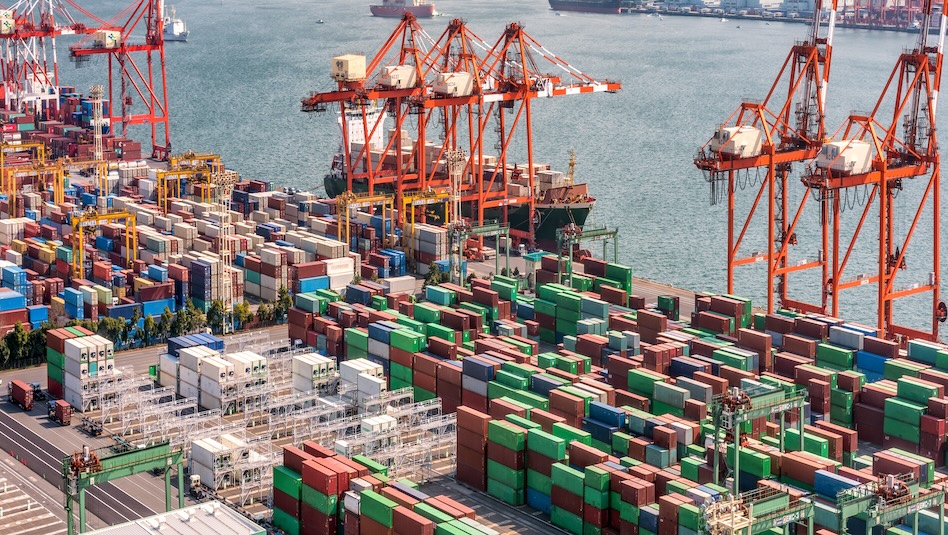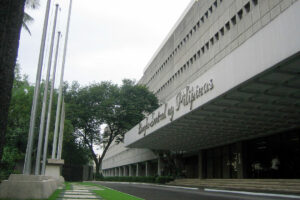




Monthly Economic Update: One for the road
 DOWNLOAD
DOWNLOAD

Inflation Update: Still low, still slow
 DOWNLOAD
DOWNLOAD

Philippines Trade Update: Exports momentum continues
 DOWNLOAD
DOWNLOAD


BSP unlikely to fully unwind rate hikes

The Bangko Sentral ng Pilipinas (BSP) is unlikely to bring its policy rate back to pre-pandemic levels this easing cycle as it aims to keep inflation stable and support the peso, HSBC Global Research said.
“Achieving macroeconomic stability is a balancing act… When the central bank does begin its much-awaited easing cycle, we do not think the policy rate will be eased back to the pre-pandemic levels… Our view is that the easing cycle will stop when the policy rate reaches 5.00%,” HSBC economist for ASEAN Aris D. Dacanay said in a note dated April 12.
“Maintaining a policy rate that is higher than pre-pandemic levels will help mitigate any volatility in the peso, attract the financing needed to fund the economy’s ambitious infrastructure agenda, and help keep inflation within the central bank’s 2-4% target band,” Mr. Dacanay added.
BSP Governor Eli M. Remolona, Jr. last week said the Monetary Board could begin their policy easing cycle later than initially expected due to worsening upside risks to inflation.
The central bank could cut rates by 25 basis points (bps) in the third quarter if inflation is within target and economic growth is weak, he said, but policy easing could start as late as the first quarter of 2025 if price risks persist.
The BSP last week kept its target reverse repurchase rate unchanged at a near 17-year high of 6.5% for a fourth straight meeting.
The central bank cut benchmark rates by a total of 200 bps in 2020, with the policy rate reaching a record low of 2% in November that year from 4% at end-2019, amid the impact of the coronavirus pandemic on the economy.
It started unwinding its easy policy in May 2022 to help stem elevated inflation, with cumulative rate hikes until October 2023 reaching 450 bps.
Mr. Dacanay said the Development Budget Coordination Committee’s (DBCC) latest set of targets and assumptions support their view that the BSP will keep benchmark rates higher for longer amid a challenging macroeconomic environment, with the economy’s twin deficits expected to put pressure on the currency.
The DBCC last month cut its 2024 gross domestic product (GDP) growth target to 6-7% from 6.5-7.5% previously. The goal for 2025 was narrowed to 6.5-7.5% from 6.5-8%.
Meanwhile, it retained the 6.5%-8% goal for 2026 to 2028.
“[The] change in the growth target, we think, represented a rebalancing of the DBCC’s view of the country’s macroeconomic environment, one that incorporated the current headwinds that persist in the economy,” Mr. Dacanay said.
He noted that the government is also now expecting a gradual narrowing in the fiscal deficit, which means a slower pace of consolidation.
The DBCC revised the deficit ceiling this year to PHP 1.48 trillion, equivalent to 5.6% of GDP. This was slightly higher than the previous PHP 1.39-trillion ceiling, equivalent to 5.1% of GDP.
By 2028, the deficit-to-GDP ratio is seen settling at 3.7% from 3% previously.
As of end-2023, the deficit as a share of GDP stood at 6.2%, a tad higher than the 6.1% target set by the government but lower than the 7.3% ratio at end-2022.
“But despite widening the fiscal deficit assumption in the next 5 years, we do not think this change represents any indication of fiscal loosening or, in a more general sense, fiscal imprudence. This is because the wider fiscal deficits are a result of lower assumptions for growth, and not higher expenditures,” Mr. Dacanay said. “When GDP growth is lower, it means two things. One, the size of the tax base is smaller, leading to less government revenue. Two, the denominator in the ‘fiscal deficit-to-GDP’ ratio is smaller, which makes the overall ratio larger. That said, there is no change in fiscal policy here. It is just an incorporation of the fact that times are still harder than usual.”
“Nonetheless, we cannot ignore the fact that the Philippine economy is in twin deficits. The government’s ambitious infrastructure agenda requires the importation of key inputs such as steel, cement, and technology… This has led to wider current account deficits, which we do not expect to go below 2% of GDP until 2025. And these deficits will require a good amount of financing from abroad,” he added. — AMCS
This article originally appeared on bworldonline.com





 By BusinessWorld
By BusinessWorld